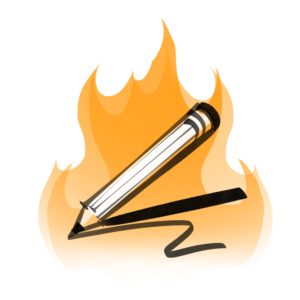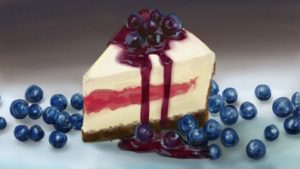For Storyboard Artists, speed is critical.
Story art is all about communication, and speed is necessary when you’re working on tight production schedules with fast deadlines. Producers juggle many tasks and countless crew when putting together a film, commercial spot, or other video production, and the storyboard artist plays a critical role in facilitating communication between Heads of Department (HOD’s), Clients, and Investors. Where scripts and treatments can be interpreted in many ways, leading to miscommunication and confusion– Storyboards help ensure that everyone involved with the project is on the same page.
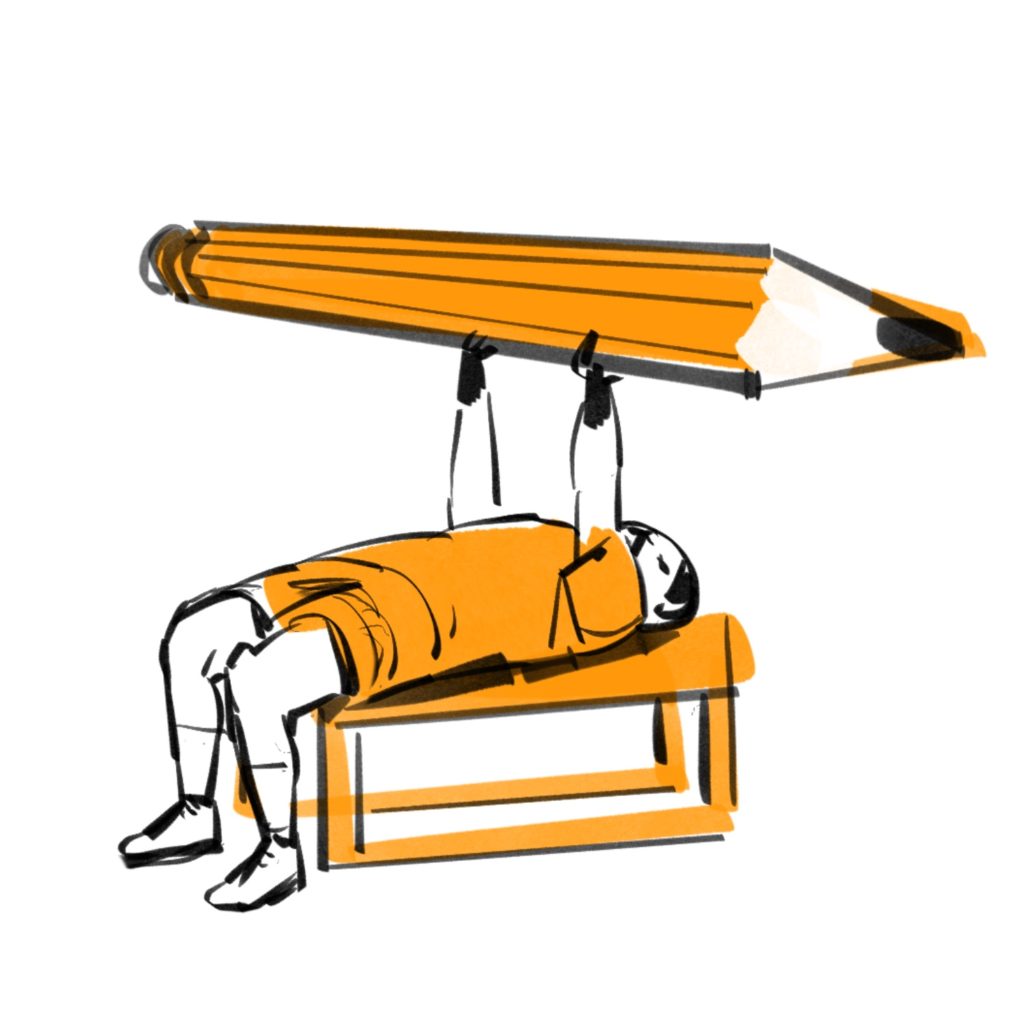
Tip #1: Exercise.
This one might be obvious, but I can’t stress enough how critical it is to practice your craft. As freelancers, it can be hard to self-motivate and find the ‘inspiration’ to study in your free time, but at the end of the day, the biggest contributor to speed is mastery of drawing, and that requires dedicated study time. And I’m not talking about a few minutes here or there (although any little bit counts!). The biggest leaps and bounds you can make are the result of dedicated swathes of study time– no distractions such as social media or netflix! Completely focused work.
Personally, I find it most helpful to attend open drawing classes at local bars and arts community centers. While it’s easy to get lazy at home, going to a different environment and being surrounded by other artists helps me get back into the “classroom” mode of my youth, often requiring me to dedicate 3-6 solid hours toward studying anatomy, form, and all the other elements of drawing or drawing. Plus, even if I’m only spending $10-20 on each session, the fact that I’m dropping dollars for the time really motivates me to make the most of it. It’s like going to the gym, but for art!
Speaking of the gym, practice also helps keep your muscle memory warm. Drawing is all about the mind and body connection– developing those fine motor skills so that you can create natural, confident marks. If your marks are good the first time, then you don’t have to waste time fixing them!

Tip #2: Build a Library.
A HUGE aspect of storyboarding is accuracy, so if you can familiarize yourself with as many types of people, places, and things as possible, then it’ll speed up your ability to draw those things in the future. The way I do this is just by listing various objects, places, or ethnicities, and then I’ll look those things up on google and proceed to study them one at a time. It’s always easier drawing something you’ve drawn before rather than drawing something totally unfamiliar, so even if you don’t memorize every detail of a thing, just drawing it and familiarizing yourself a little bit will save time later on! I think of it like “downloading” images into your brain and storing them for later use. You never know when a client will ask you to draw a house, a horse, or a paper airplane! You may still have to use references if the Client wants more detail, but any little bit of familiarity you can build will seriously increase your drawing speed when you’re put to the test. Knowledge is speed!
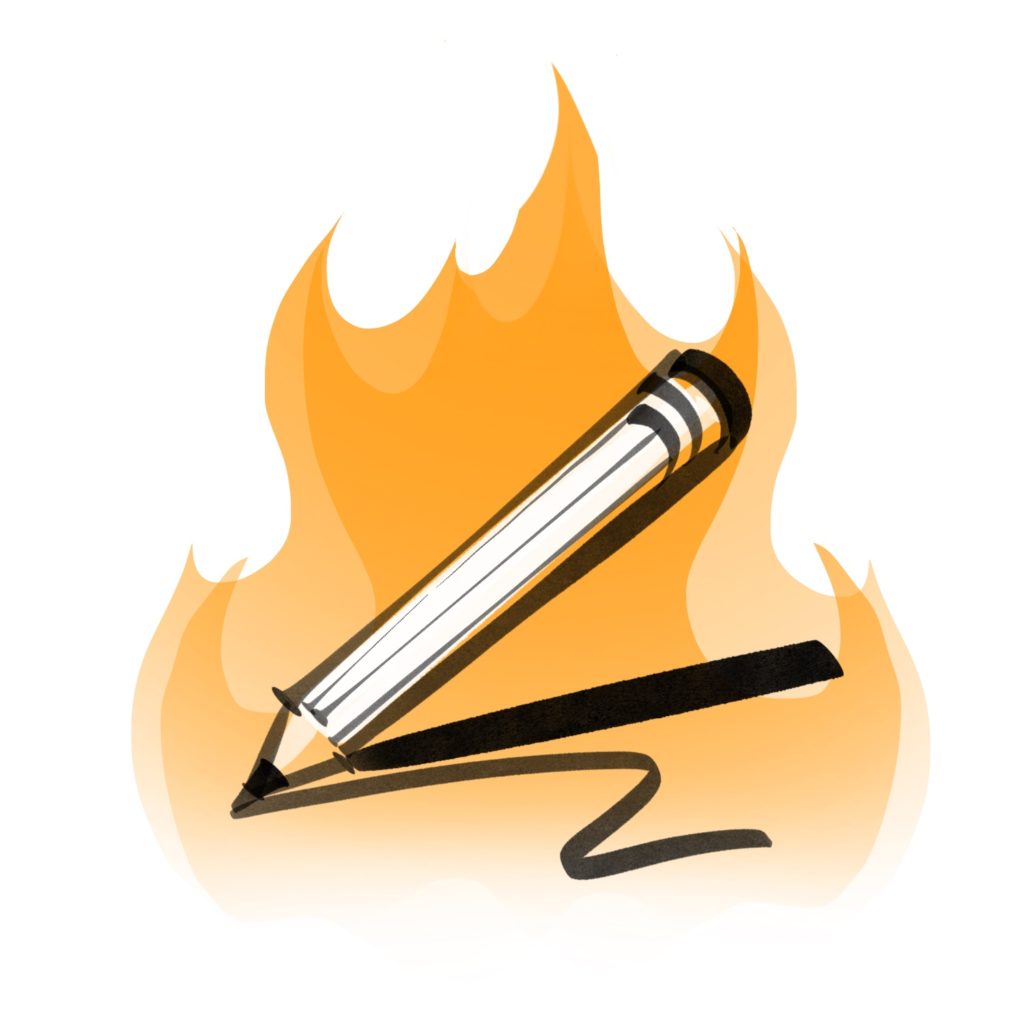
Tip #3: Warm Up.
If you spend 20 minutes or so before a drawing session simply working on gesture drawings, sketching, or doodling, then you’ll get your mind into “drawing mode” and be ready to work efficiently as soon as you’re on the clock. Now you may not always have time to do this, but I always find that doing so helps ensure that all the drawings are more consistent across the board, and just makes the work day run smoother and more enjoyable. It eliminates the need to “settle in” in the morning. Jumpstart your day!
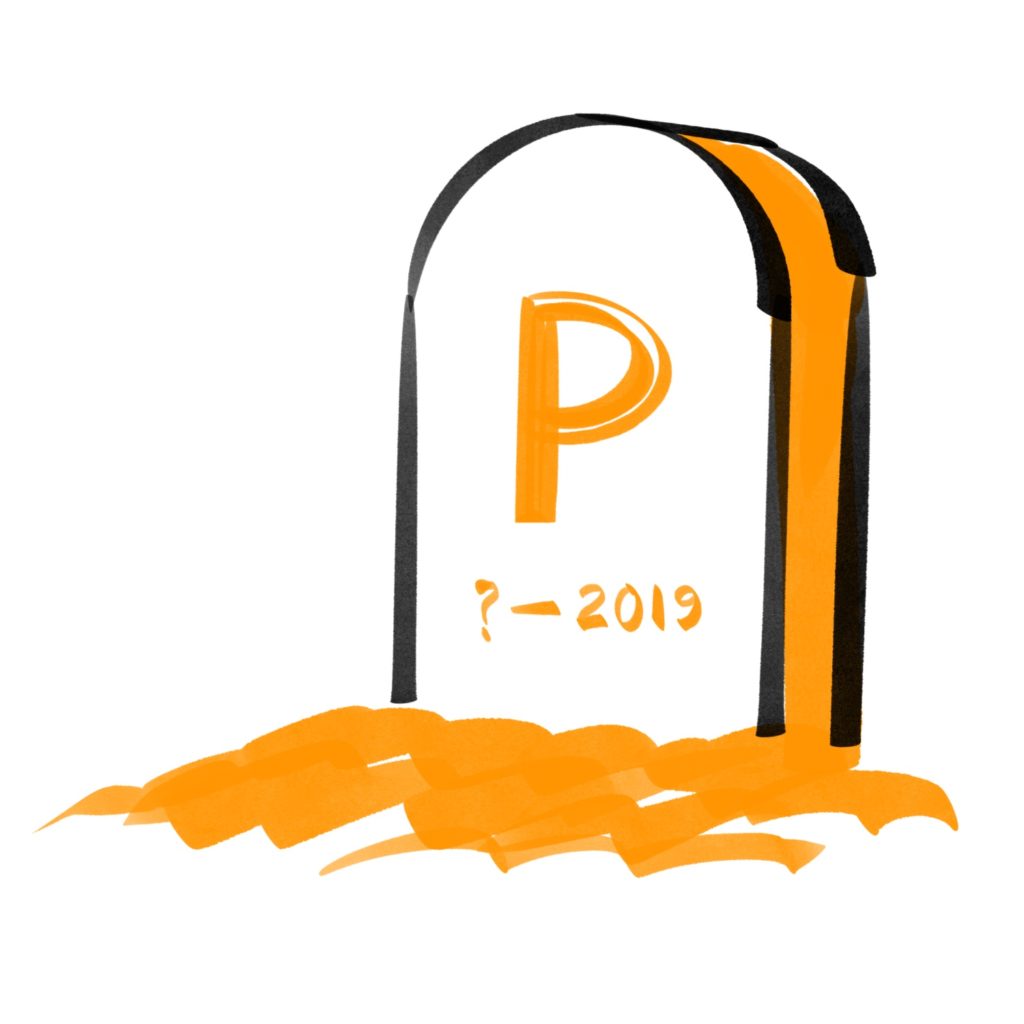
Tip #4: Kill Perfectionism.
Okay, so we’re all practiced and warmed up, now it’s time to draw. But alas! You come across a panel that just doesn’t feel right. Maybe you’re having issues with the expression, or the perspective is tripping you up. Instead of running out the clock and going overtime… move on! Just get all the information into the frame and move to the next panel. Don’t overthink it. You can always come back to the panel later to revise if there’s time later on.
The temptation to add more detail or adjust elements of a drawing is a pretty common urge for artists. And with personal art projects that’s not as much of a problem. On your own time, go wild! Spend 7 hours rendering a strand of hair!
But in filmmaking, time is money, and you are doing a disservice to your Client if you’re spending time obsessing about things that don’t matter to them. Frames don’t need to be “perfect” and they don’t need to be masterpieces that you’d put up at a museum. Storyboards just have to be sufficient. Move on!
![]()
Tip #5: Choose Details Wisely.
Unless the Client wants you to render out highly detailed boards, you should ONLY include details that help tell the story. The rest is a distraction. A storyboard panel is not a comic book panel or illustration. Ever hear of the term “economy of line?” It’s something that’s thrown around in drawing classes a lot, and most of you will be familiar with the term from art school. It refers to implementing your lines with the least effort, yet communicating the most information. The variation of thickness in a line could indicate a shadow or weight of an object. No need to draw every wave in the ocean if you can just throw in one line and a gradient to indicate the horizon. Especially background images! Why bother rendering every detail of a settings architecture when the panel focuses on the foreground action? Cut out unnecessary work.
![]()
Tip #6: Pace Yourself.
Before beginning a drawing session, try and estimate how long each panel will take you, and make sure that at the end of that time frame, you’re moving on to the next image. At the very least, be aware of how many panels you need to get done by what times during the day, and keep a clock close by. It’s easy to get hyper focused in the drawings and lose track of time, but when you’re doing it as a job it’s critical that you pace yourself. For example, I recently did a storyboarding gig with a director, where we tackled 20 boards for 2-3 hour sessions. That meant I had 5-10 minutes per drawing, so I kept that in mind while working. If one board took longer than another, I’d just communicate that, or figure out with the director a simpler way to represent their vision. Estimate your time so that you don’t fall behind!
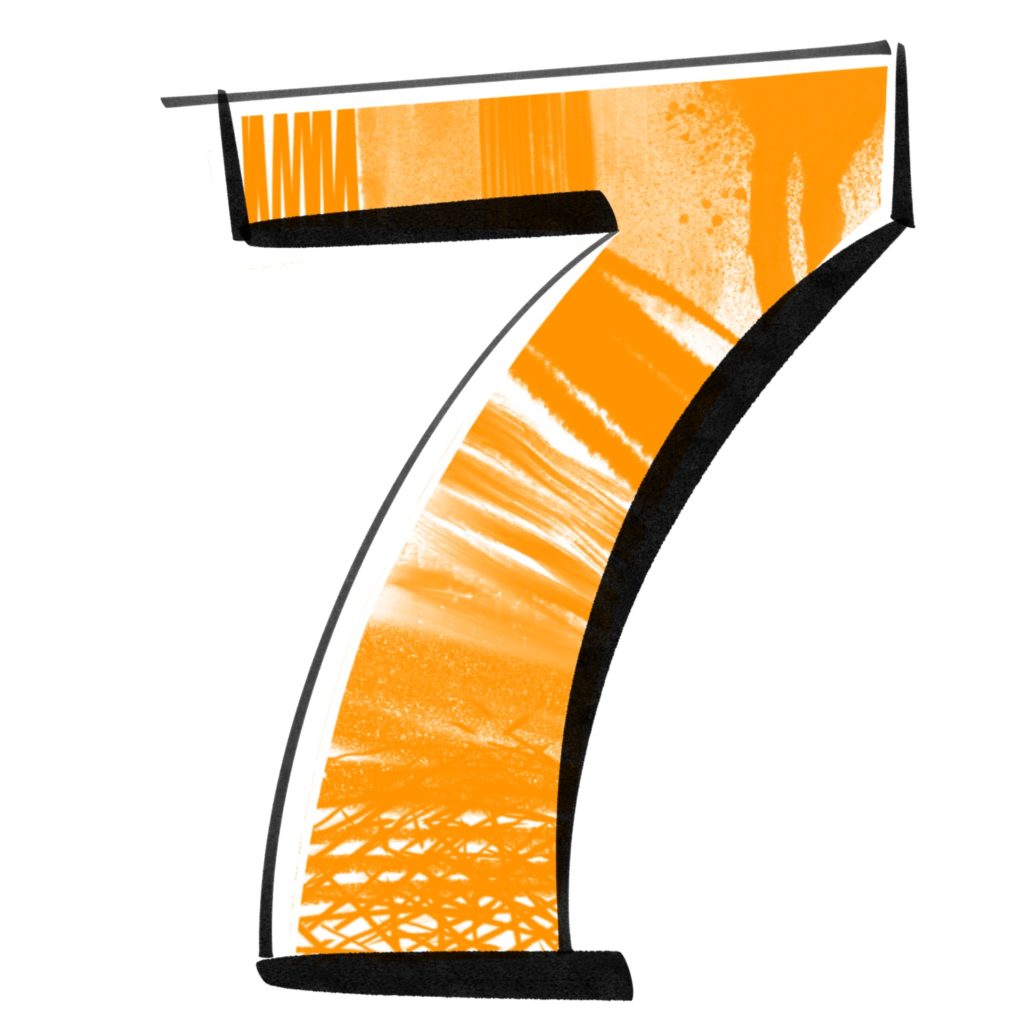
Tip #7: Maximize your tools.*
So this advice varies widely depending on what medium you’re working in, but no matter how you’re drawing, you need to utilize everything your medium has to offer. If you’re working in photoshop or other digital media, make use of layers and brushes. Creating custom brushes can be a huge help when creating environments. For example, create a brush or pattern using an image of buildings or simple geometric layered shapes, and vary the size in the “Brush tool” settings. Then all you have to do is draw one “line” across the frame in order to establish a cityscape. Do the same for trees, and you can create a forest in seconds. Know your tools and you can make the most of them.
*All tricks and techniques you want to use should be tested and practiced BEFORE implementing them during a gig. Otherwise you risk WASTING time, not saving it!
I hope that these tips were helpful, or at least insightful. While this post focused on general advice, I’ll be covering my personal drawing techniques in another post.
The world is vast and complicated, and there’s always something new to discover. At the end of the day, the best thing you can do to increase your speed is to keep learning!
Happy Boarding! 🙂
-Lee
